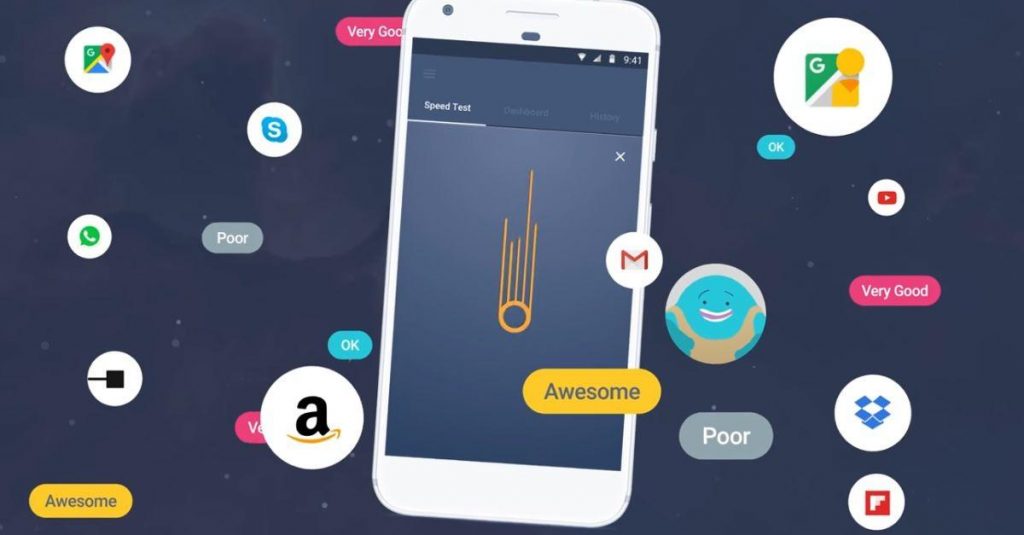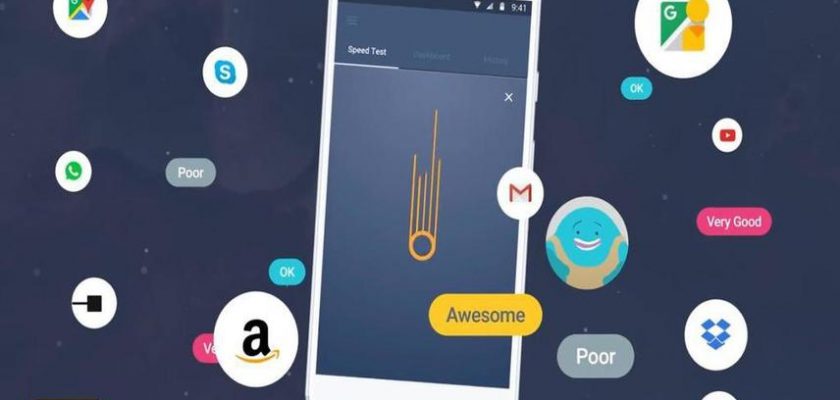Many mobile app testers are usually confused about which types of tests should be applied on mobile applications. Mobile technology is booming and its users are increasingly demanding. Once downloaded, the user expects the best performance of the APP and if his expectations are not reached, it is very difficult for him to give a second chance to his software. Offering an application, for example, that has high performance and does not show flaws are imperative to the success of your business. Do not let the bugs ruin the success of your application.
Here are 6 types of tests that are usually executed in mobile applications along with their stage categorizations:

Compatibility Testing
The compatibility test is done to ensure that the application interacts and communicates with the operating system, hardware, and all other types of networks in a satisfactory manner. If compatibility is not checked and tested with care, the application may suffer from slow performance, data loss, or crash. A very common problem in compatibility concerns the connection with the different types of network. This is because, in all mobile devices, there are different types of connections running simultaneously.
Performance Testing
Test in this category focuses on eliminating bottlenecks that cause the app to slow or crash. In this type of test, one must create stress situations, high loads and large number of requests for each function of the application. The application code should be as light as possible when it comes to mobile devices.
Mobility Testing
Here you test the ability of your application to communicate with other applications. It is very common to have information sharing between different applications and it is important that your application should be well structured for effective communication.
Also read: Best Ways to Integrate Security into Mobile App Development
Synchronism Testing
This type of test are relatively new and has become a necessary requirement from the moment cloud storage technology has been introduced. The tester or developer updates the data on one device and access it from another device to check the new updates. Here the tester should check that there are no excessive data packet losses. That is, he/she should verify if the application is able to synchronize the data on the network.
Usability Testing
This is similar to the common desktop usability test. The test focuses on the user experience.
Functional Testing
This test is so important that testers often focus only on this type of test. This test checks whether the application is actually performing the task as it is required to. These tests are executed to ensure that all the requirements are being implemented and apps work the way they should.
The tests are often not executed or they are even despised during or after the app development. If an app crashes while a user is using, then the developer will not have a chance to explain or defend the flaw. So the best way to ensure the quality of the application is by testing it.
To avoid future headaches and fixes, the app development team does (or at least should) test on all applications produced.
Also read: Trends Shaping the Future of Custom Software Development
Software testing of applications is divided primarily into three categories: unitary, integration and end-to-end:
Unit tests are done in isolated parts of the code, for each component. It is as if you’re testing each “piece” of a device before putting it on. Let’s think you are riding a car. For example, to make sure the vehicle is operating normally before going to the market, you have to test the brake, steering wheel, gearbox, etc. separately.

Integration tests are unit tests done on more than one part of the code. They join multiple components (usually 2) and verify the communication and integration between them. This test ensures that the connection between the parts is working. Think of the car case again: When you use the steering wheel to steer it, the wheel has to respond to the request and move the car.
End-to-end tests are tests that validate all possible behavior within the application, i.e., simulate end-user activity. This test ensures that all parts of the final product (application) and the communications between them are working properly.
Obviously, there are certain types of mobile applications that require specific tests, depending on the type of features they have. But in general, these are the basic test that must be executed to ensure to ensure good quality. It should be remembered that you cannot distinguish these types of tests by device or operating system as they serve as a basis for testing android applications, Apple applications, applications in java, Windows mobile, etc.
